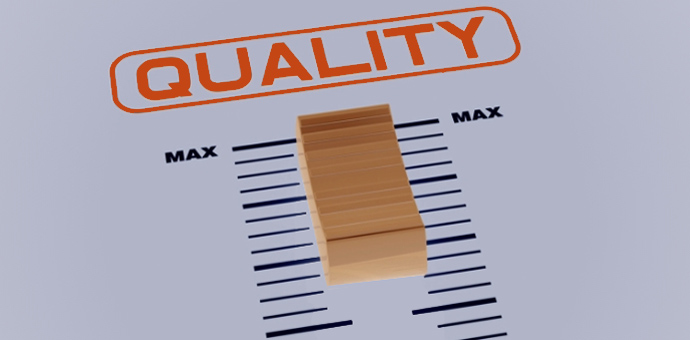Introduction
The Role of Quality and Safety Auditor / Lead Assessor is a high-value role in the organisation and to deliver across all requirements is both a challenge and a journey.
Each person has areas where improvements can be achieved – the challenge is to optimize the oversight process so that improvements benefit the organisation and lead to an effective return on investment.
This Subject is considered during the forthcoming Aviation Quality & Safety Management Symposium – 14th & 15th May 2019 at the Holiday Inn in Sofia.
If you are engaged in Aviation Quality & Safety Management this is your one “must attend” event of the year.
Let’s Start by Considering the Typical Skill Set of Quality & Safety Auditors
The following list of attributes will typically be found in a person who is able to fully engage with the needs of a Quality & Safety Auditor / Senior Auditor.
For each identified element we can consider how to assess/measure effectiveness and at the same time to consider if there is a training need associated with the item – how we would address (Training Need Analysis) TNA – Training Program
Key Attributes
a) Knowledge Related to Roles and Responsibilities – Quality Audit Activities (Compliance).
b) Knowledge Related to Roles and Responsibilities – Safety Audit Activities (Risk).
c) Regulatory knowledge related to EASA Regulations in the relevant business area (or areas) together with an ability to interpret the regulations and associated procedures.
d) Related to Communication Abilities – able to lead a conversation, listen and interpret information typically described as strong interpersonal.
e) Related to Developing and Presenting Information – able to Communicate effectively in writing with the ability to compile reports to a high standard.
f) Able to assimilate information and interpret in the context of organisational and regulatory obligations and to provide appropriate guidance.
g) Ability to create, manage and deliver plans able to lead and deliver on the objectives.
h) Undertake a recognised Auditor Course with focus on EASA Compliance & Risk Assessment Techniques.
i) Completion of ICAO Annex 19 and EASA Compliant Safety Management System Implementation, Management & Risk Assessment Training.
i) Familiarity with ISO 9001 and other similar (AS) Quality Standards.
j) Industry Specific Hands on Knowledge related to the focused business area.
k) Familiarity with MS Office at User Level – Word, Excel, & Powerpoint
l) Ability to build check sheets based on regulatory & organisational requirements and objectives.
m) Able to create audit plans, evaluate findings and validate remedial action.
n) Understand processes for risk assessment to understand exposure and agree/accept mitigations.
o) Able to develop Key Performance Indicators as an effective measure of the required processes.
The above elements will be explored further during the event. For additional information please visit our page or email office@sassofia.com
Tags:
Aviation Quality & Safety Management Symposium, Aviation Quality Audit, Aviation Safety Auditing




